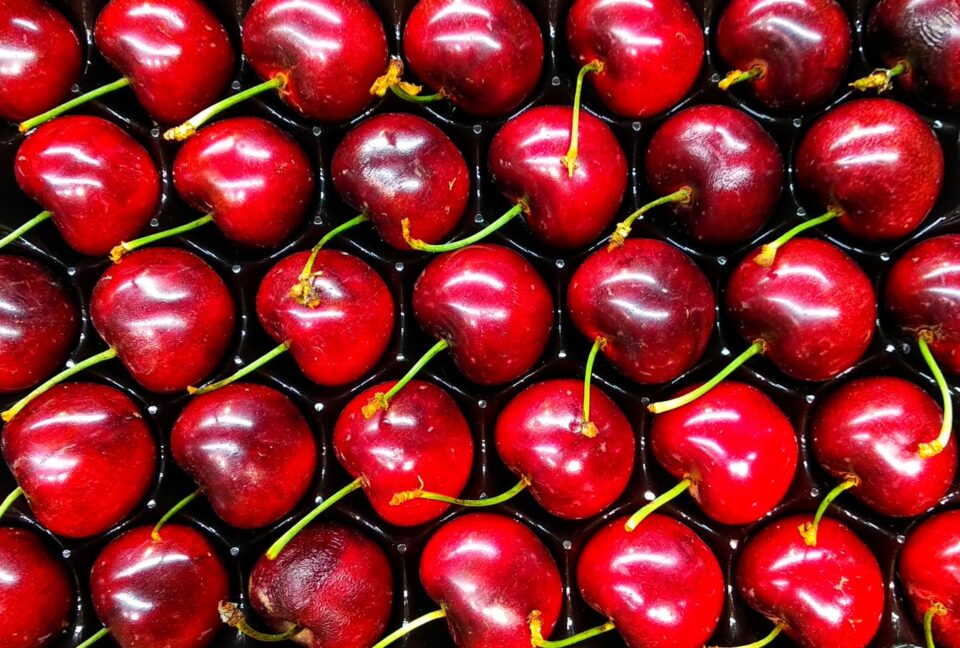At the end of May 2024, EastFruit wrote about the late start of the stone fruit harvest season in Central Asian countries. The spring of 2024 turned out to be unusually cool and rainy, which led to delays in the ripening of many fruits, including cherries, and also negatively affected their quality parameters, note EastFruit experts. However, the consequences of weather anomalies did not end there – this year’s cherry season in the Fergana Valley (the main cherry-producing region in Uzbekistan) will be very short also due to the unusually early start of the late cherry varieties harvest.
“In the Fergana Valley of Uzbekistan, the harvest of early cherry varieties this season began about two weeks later than usual. It seemed that the weather conditions should not have had a particular impact on the late varieties of cherries, at least significant shifts in the harvest start date were not expected. However, contrary to expectations, the harvest of late cherry varieties began significantly earlier than usual. Accordingly, the cherry harvest season in the Fergana Valley this year will also end much earlier than the average long-term dates,” says Farrukh Abdulkhalimov, Director of Agronomic Process Management in the orchards of the Frutystan group of companies – one of the largest cherry producers in Uzbekistan.
“The main reason for the early start of the late cherry varieties harvest is that they accumulated a lot of chilling hours and began vegetation almost simultaneously, or with a slight difference in time with the early cherry varieties. Early varieties have fewer chilling hours but could not start vegetation earlier due to weather conditions. For example, such late cherry varieties as Ziraat, Regina, and Sweet Heart accumulated about 1,600 – 1,700 hours, while the norm is about 1,200 hours. As a result, these varieties ‘woke up’ quite ‘vigorously,’ and subsequently quickly gained the so-called ‘summer hours.’ If we count from the moment of flowering of these varieties, i.e., from the beginning of April to the end of May, the late cherry varieties experienced quite a rapid accumulation of ‘summer hours,’ which in turn significantly accelerated their ripening. As a result, we began harvesting late cherry varieties at the end of May – about two weeks earlier than usual. Currently, we are already finishing the harvest of cherries of these varieties,” explains Farrukh Abdulkhalimov.
It should be noted that about 60-65% of all exports of fresh Uzbek cherries are accounted for by the Fergana Valley, which includes three regions – Namangan, Fergana, and Andijan. Thus, the main distinctive feature of this year’s cherry season in the main cherry-producing region in Uzbekistan is a very short marketing period, which lasted almost a month less than usual, conclude EastFruit analysts.

According to EastFruit’s price monitoring data, as of June 7, 2024, the average wholesale price of fresh cherries in Uzbekistan up to 26 mm in size was 15,000 UZS/kg ($1.18), which is 12% lower than on the same date in 2023 and 41% lower than on the same date in 2022.
Maintain full control over fruit and vegetable prices in Turkey, Egypt, Ukraine, Uzbekistan, Russia, Moldova and other markets subscribing to EastFruit Premium.




